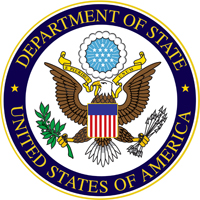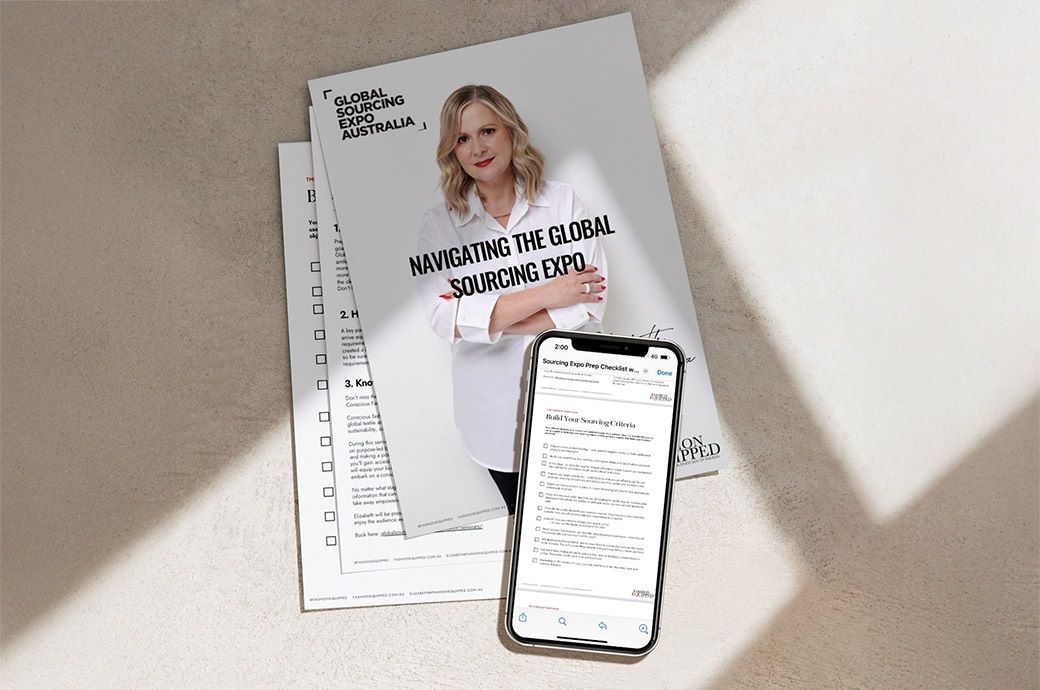Nine months later, that body of water down south is still the “Gulf of Mexico” to news outlets

Donald Trump didn’t struggle to win the Florida town of Longboat Key in 2024. With a median age of 71.5 — only 6% of its residents are under 50 — it’s the sort of retirement community that built up his margin statewide. Think The Villages, but with better tarpon fishing.
But the town handed Trump a rare defeat last week when town commissioners voted unanimously not to rename the island’s main thoroughfare from Gulf of Mexico Drive to Gulf of America Drive. (Even though Florida Department of Transportation crews had already started taking down the Gulf of Mexico street signs.)
The commissioners cited public opposition — 83% of citizen emails were opposed to the change — and the hassle that renaming would cause for the road’s residents and businesses. But they also could have noted the new name hasn’t really stuck in popular usage, despite the president’s claimed mapmaking powers.
After all that’s happened over the past nine months, it almost feels quaint to remember that one of Trump’s very first actions in office — before he hit the inauguration balls, even — was to sign an executive order declaring the Gulf of Mexico has a new, MAGAfied name. It was jarring, of course, but also a little bit silly — an echo of that first-term moment when he Sharpied up a hurricane map.
But it also proved to be an early test of how institutions would — or would not — stand up to unilateral presidential action without precedent. Google, Apple, and Microsoft all got in line. But news organizations, for the most part, did not. I asked more than a dozen of them, and nearly all who got back to me said they were sticking with Gulf of Mexico. (The exception: newspaper chain Gannett, which said it would use both.)
And Trump quickly raised the ante by demanding his authority extend to newsroom style guides, too. When the Associated Press announced that it would stick with Gulf of Mexico, Trump blocked AP reporters from the Oval Office. A federal court said he couldn’t do that, so he pivoted to blocking wire services as a class; that, apparently, passed constitutional muster.
The news cycle has very much moved on; Trump leaves reporters no shortage of things to write about. But I wanted to check in and see how much “Gulf of America” had stuck in news media. The answer is: not very much.
Across multiple databases, I searched for all mentions of both names — hereafter GoM and GoA — and tracked their relative popularity. I gathered data from nearly 30,000 stories; there are lots of ways to define your universe of news sources, and I wanted to look at as many as I could. I can tell you that Gulf of Mexico has been consistently more popular. And by most measures, Gulf of America, like Louisiana’s wetlands, keeps losing what ground it has left.
Here’s one data set, using Nexis’ database of U.S. newspapers. This chart shows the ratio of GoM mentions to GoA each month since January. In February, the first full month of “Gulf of America,” GoM was used in news stories only 1.48× as often as GoA. But that ratio has tilted further and further the Gulf of Mexico’s way; by August, it was 6.27×, and in September, 8.24×.

I also looked at the digital archive site Newspapers.com. While best known for the historical collection, it also carries the daily editions of nearly 800 current U.S. newspapers. It also contains advertisements in addition to news stories. It also shows “Gulf of Mexico” in the lead month after month, but with less dramatic of a trendline moving its way.

Of course, one major complication here is that there have been countless stories about the name change — all of which necessarily use both GoM and GoA. Those “Gulf of America” mentions aren’t evidence of an editorial style choice as much as covering the news of the day. So what if we removed the cases where both GoM and GoA were used?
The Gulf of Mexico victory becomes a lot more clear. In September, when stories used only one of the names, GoM appeared 10.28× more often than GoA. And with the exception of outlier months April and August, the trend line resembles the Nexis data’s.

MediaCloud is a terrific database that tracks approximately a zillion different sources — traditional and new media, in the U.S. and abroad. I looked at its corpus of national U.S. news sources, again using only stories that mention one name but not the other. It found that GoA approached — but didn’t quite reach — parity with GoM around late February and early March. But since the start of summer, Gulf of Mexico has been consistently about 3× more common.

MediaCloud’s data also let me look specifically at news sources in the Gulf-bordering states (Texas, Louisiana, Mississippi, Alabama, and Florida), and the trendline there matches the national one. (As a regular reader of newspapers in the region, I can tell you many are happy to fall back on “Gulf Coast” or just “the Gulf” when possible. When you say “the Gulf” in Pensacola, no one is thinking Tonkin.)
What happened in summer to shift things in favor of Gulf of Mexico? My best guess from the numbers: hurricane season, the time of year when Americans pay the most attention to the Gulf. This year’s season hasn’t seen any Katrinas, Ritas, or Andrews, but matters of public safety coming to the fore seem to correlate with use of the traditional name. A Google News search for stories mentioning GoA or GoM and “hurricane” found GoM winning 3:1.
So who’s using Gulf of America? The federal government, obviously. But also news sites covering the oil and gas industry. Trade press in federally regulated industries. And above all, conservative media. Among the sites that have used Gulf of America most in MediaCloud’s data are Fox News, Breitbart, RedState, the New York Post, TownHall, and PJMedia.
What does this tell us? Perhaps that Donald Trump is easily distracted; if he was still slamming news outlets daily for using “Gulf of Mexico,” it’s entirely possible newsroom execs would consider the path of least resistance. Or perhaps that the information ecosystem still has a little institutional wherewithal. When Trump cast the AP out of the Oval Office — and took unprecedented control of who gets to cover the president when — the White House press corps didn’t exactly rise up united in rebellion. But as S.V. Dáte noted recently, the Pentagon press corps was able to put up a much more united front when asked to accept the rule of government minders. Or maybe it’s just that people have been saying Gulf of Mexico for 500 years and don’t easily accept change. In any event, even the town commissioners of Longboat Key seem to think it’s a bit much.
What's Your Reaction?
 Like
0
Like
0
 Dislike
0
Dislike
0
 Love
0
Love
0
 Funny
0
Funny
0
 Angry
0
Angry
0
 Sad
0
Sad
0
 Wow
0
Wow
0











































































